An Origami-inspired Habitat Project for the Moon
In this project, individuals working in space research are drawing inspiration from the art of Japanese paper-folding.
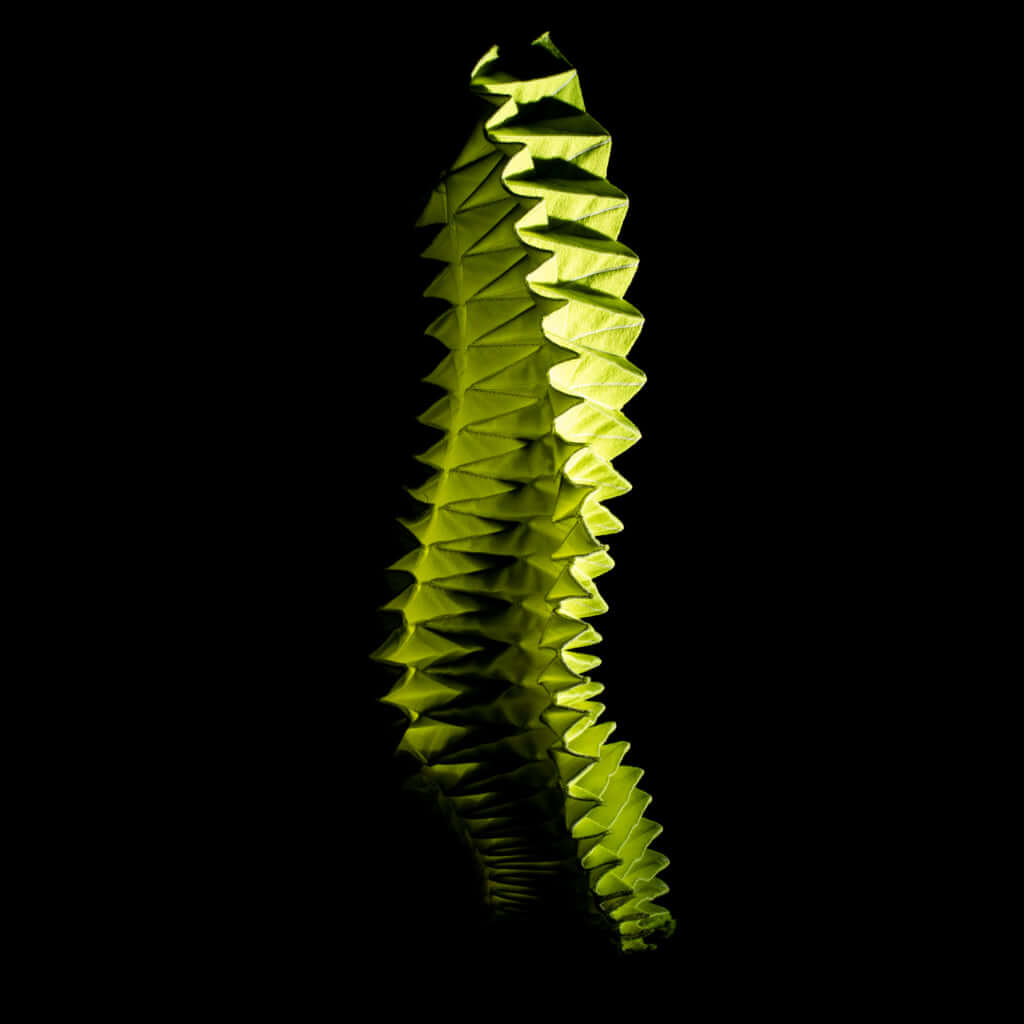
©Samira Boon Studio
A team of artists and scientists, including astrophysicist Bernard Foing (from the European Space Agency), has developed a project consisting of origami structures designed to go on the Moon and Mars. This art, which was popularised in around the 17th century in Japan, offers many interesting characteristics for space research.
These light and flexible ‘origami tents’, made from highly resistant material, can be folded and unfolded over and over again and change shape according to the characteristics of their environment. They keep those inside safe, protecting them from the impact of micrometeorites (which bounce off their many edges), while the built-in solar panels on the surface provide the energy required to fuel their stay. A further advantage is the fact that they limit space debris as they are infinitely recyclable, their multiple sides allowing them to be ‘reinvented’ for each new space mission.
First tested in 2019
This project inspired by a Japanese tradition is only at the prototype stage, but it’s a perfectly serious idea. In June 2019, one of these ‘origami habitats’ was tested in a demonstration igloo built by the Swiss Space Centre under the Matterhorn Glacier in Switzerland. Who knows: perhaps it will one day be seen on the icy surface of Mars.
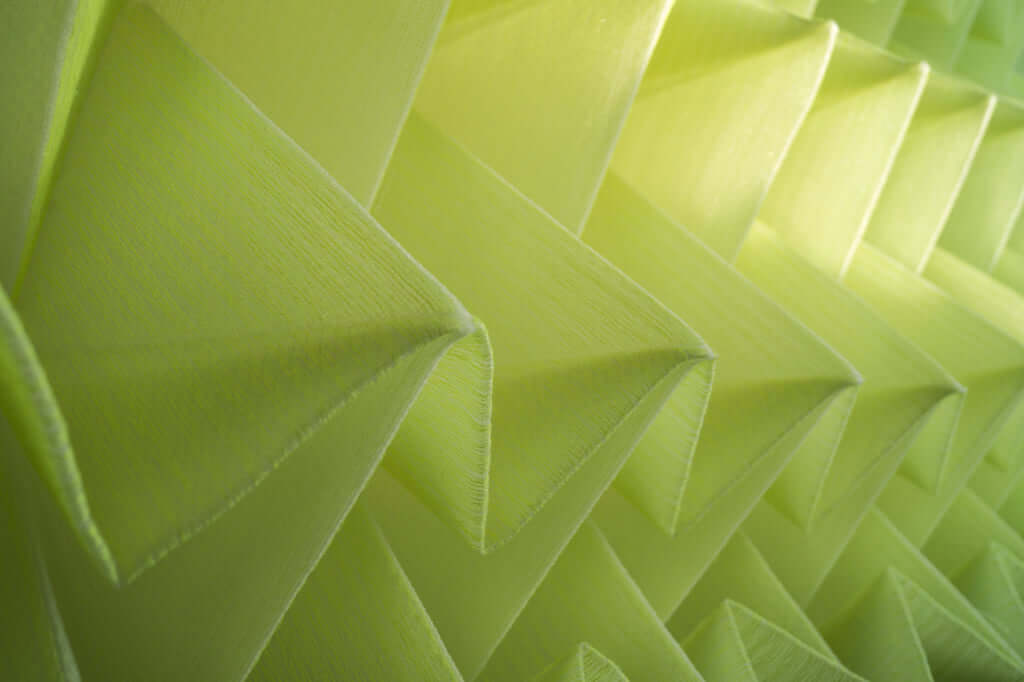
©Samira Boon Studio
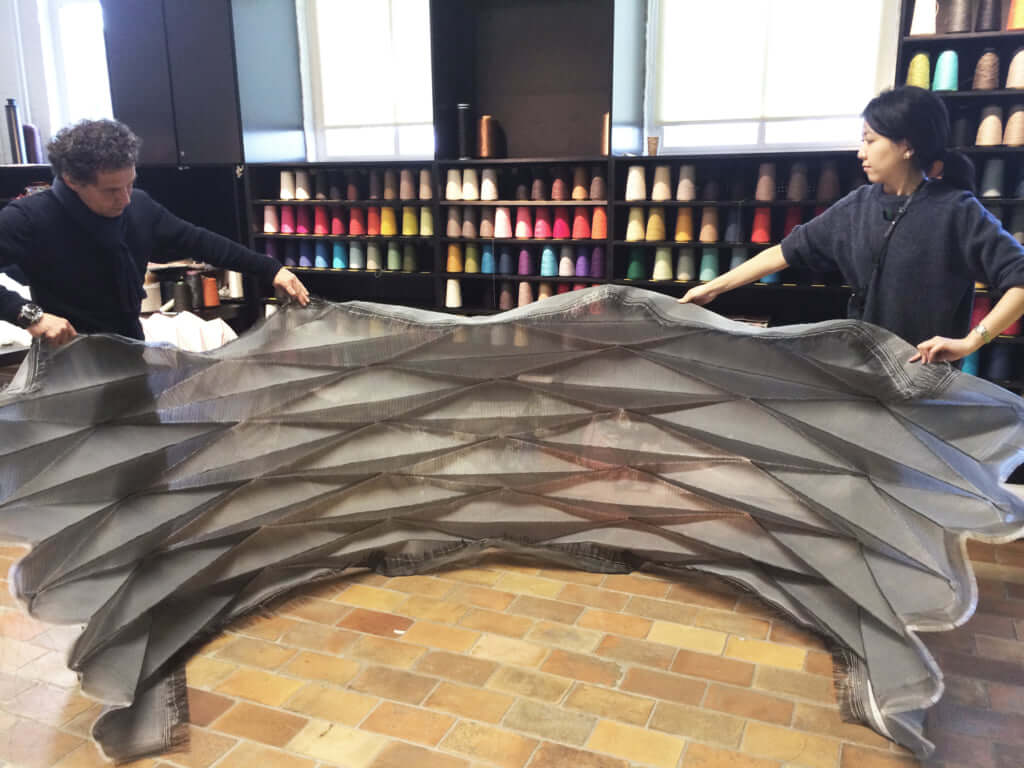
©Samira Boon Studio
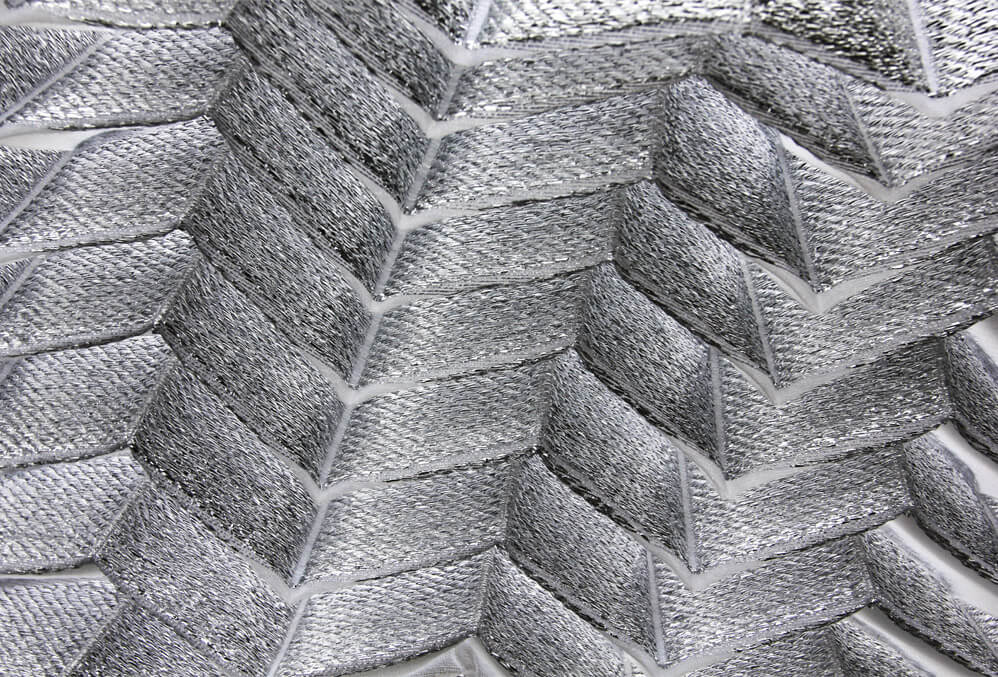
©Samira Boon Studio
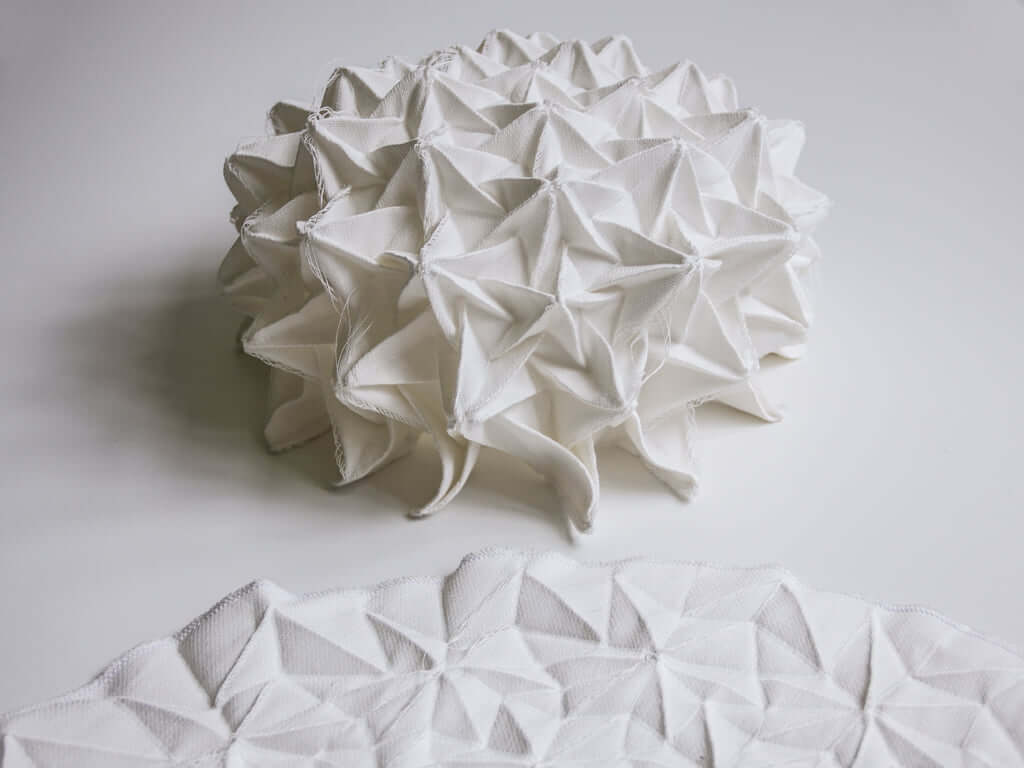
©Samira Boon Studio
TRENDING
-
Ishiuchi Miyako, A Singular Perspective on Women
Recipient of the 2024 Women in Motion Award, the photographer creates intimate portraits of women through the objects they left behind.

-
Recipe for Ichiraku Ramen from ‘Naruto’ by Danielle Baghernejad
Taken from the popular manga with the character of the same name who loves ramen, this dish is named after the hero's favourite restaurant.

-
Namio Harukawa, Master of Japanese SM Art
'Garden of Domina' offers a dive into the world of an icon of ‘oshiri’, whose work has now reached a global audience.

-
The Tattoos that Marked the Criminals of the Edo Period
Traditional tattoos were strong signifiers; murderers had head tattoos, while theft might result in an arm tattoo.

-
The Emperor of Japanese Porn is Now the Star of a Netflix Series
Deliciously funny, The Naked Director especially succeeds in reviving the atmosphere that was so characteristic of 1980s Japan.





